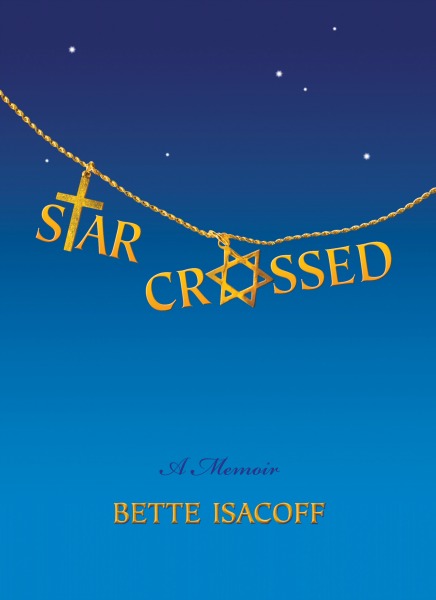

That point is, simply, that equal temperament - the division of the octave into twelve equal semitones - is historically anachronistic for most of the performed repertoire. Especially with keyboard instruments, where tuning and intonation lie entirely outside the player’s control, there has been a strange reticence to address a completely obvious and troubling point.

Scholar-performers have transformed our understanding of the instruments for which historical repertories were composed, of the techniques with which they were played, of historical understandings of rhythm, sound, tempo, character… virtually everything about the music-making process, in fact, except temperament. Historical temperaments - that is, the way instruments were tuned and the way musicians realized intonation in performance - may be the most critically understudied sub-discipline of historical performance practices.


 0 kommentar(er)
0 kommentar(er)
